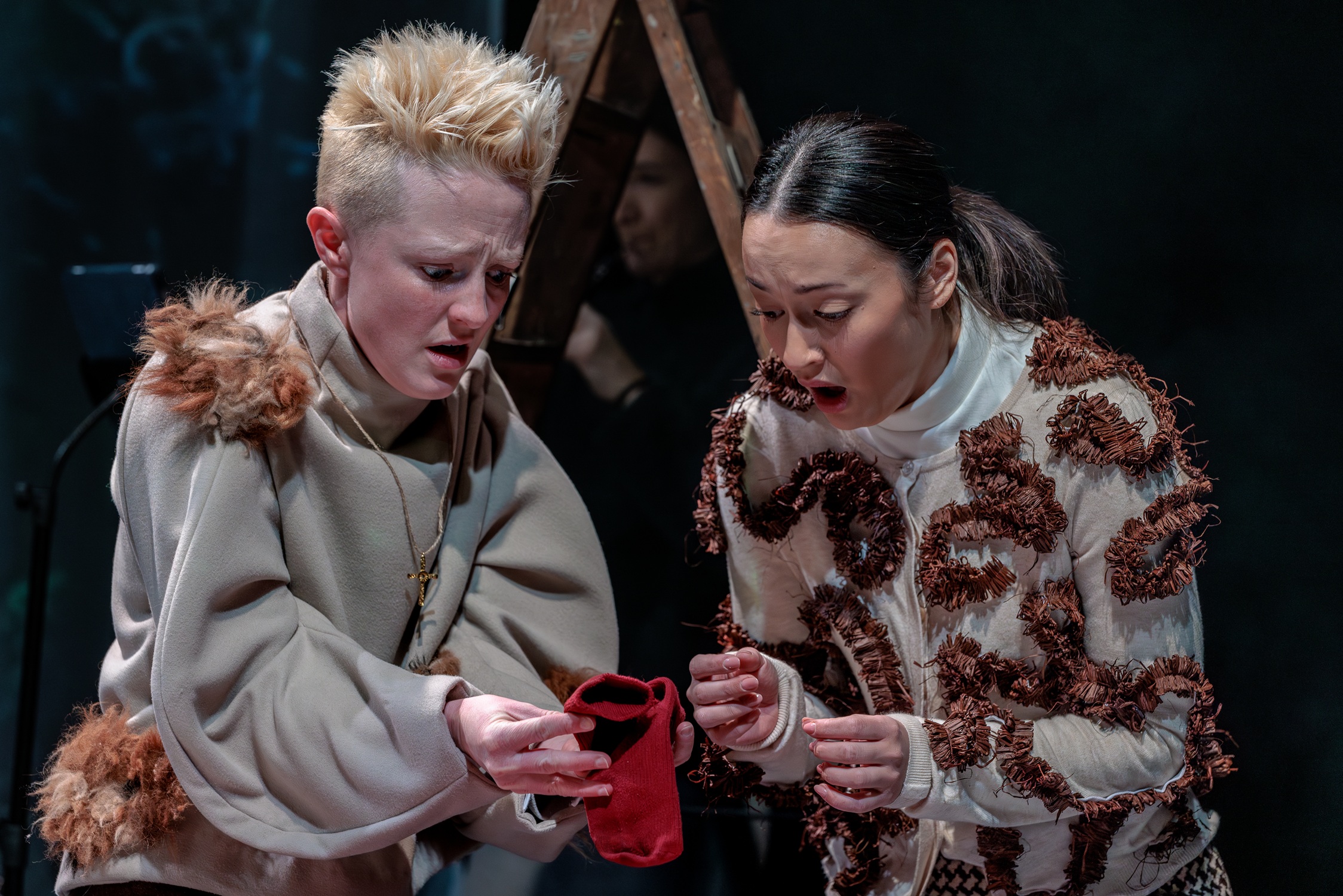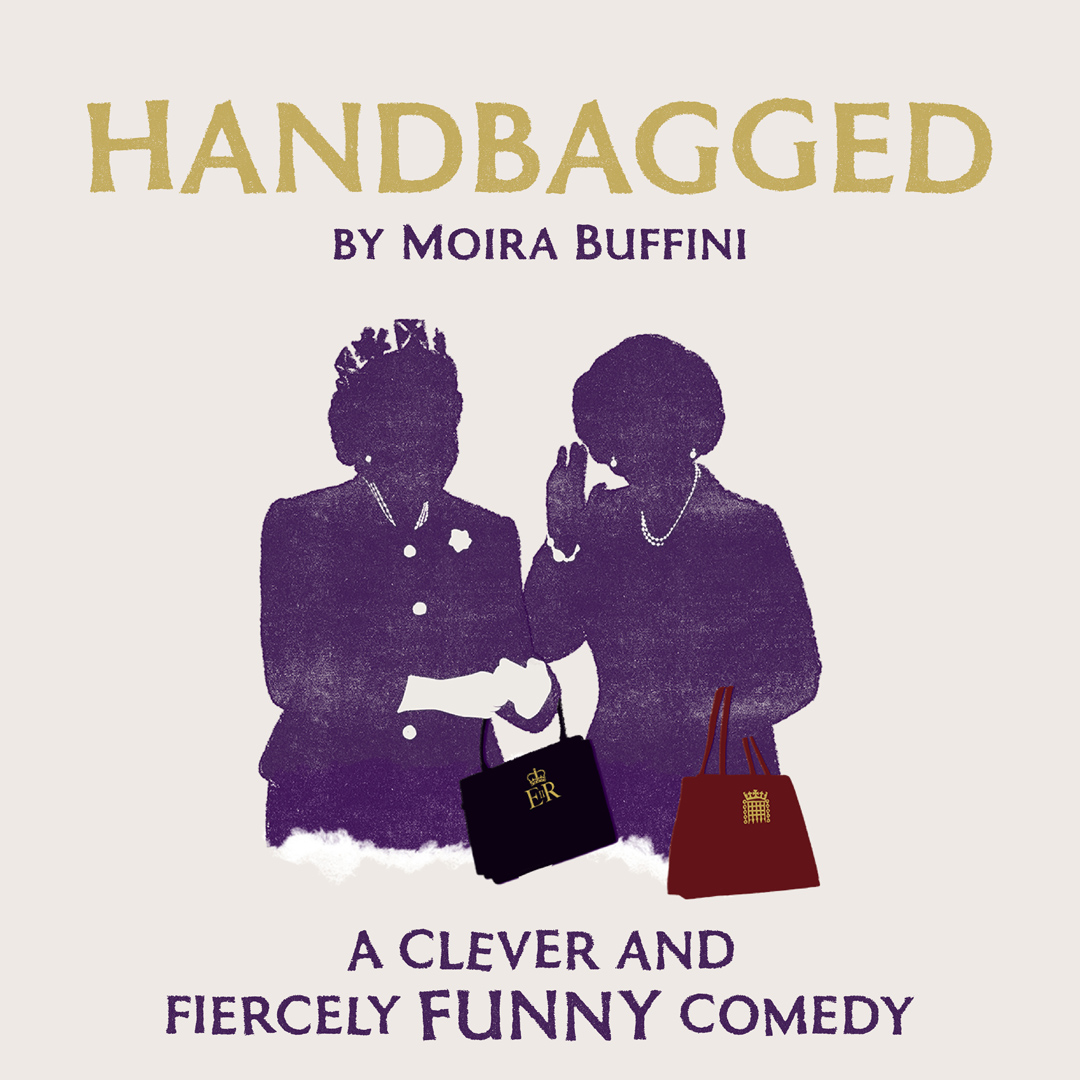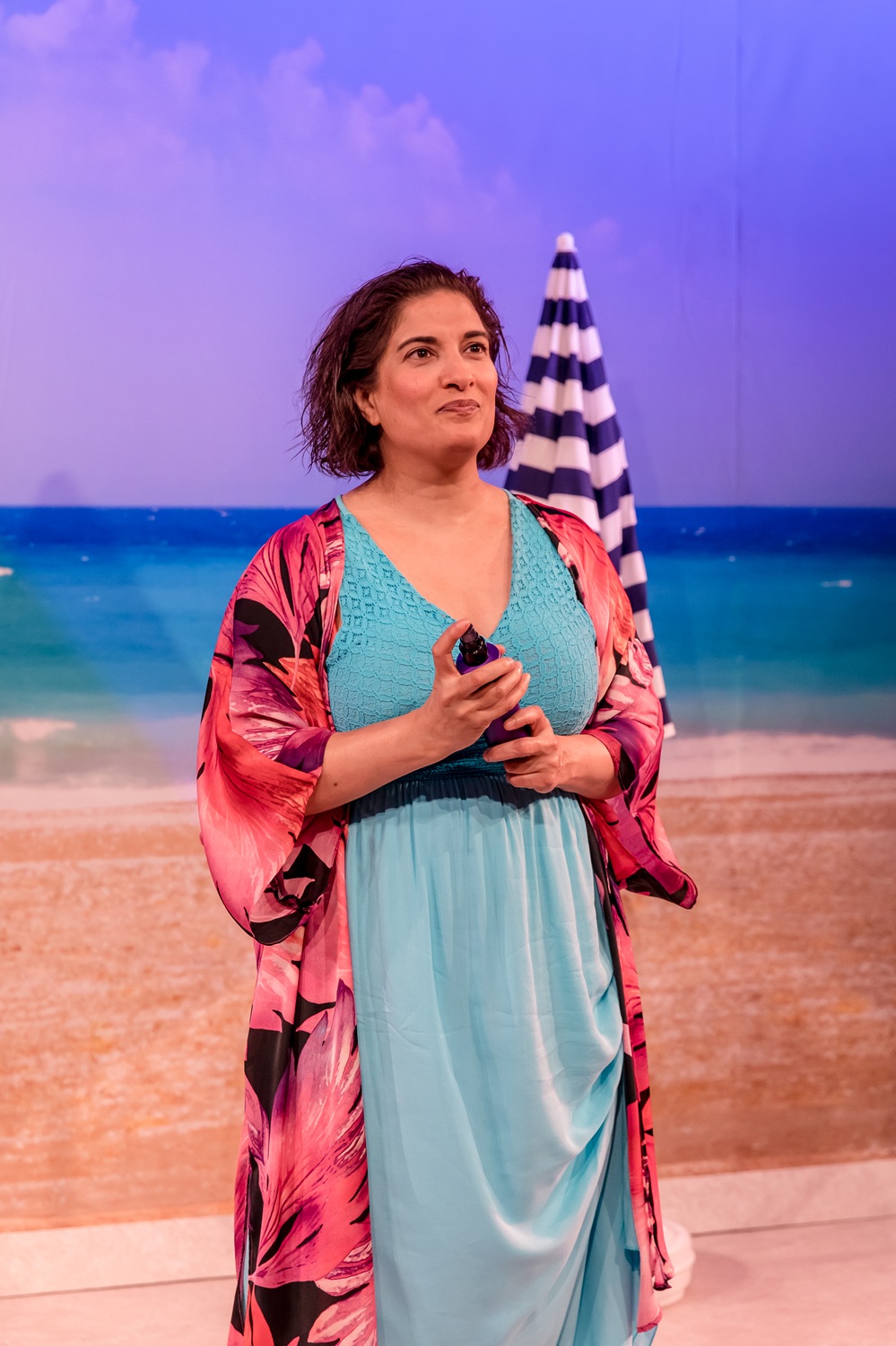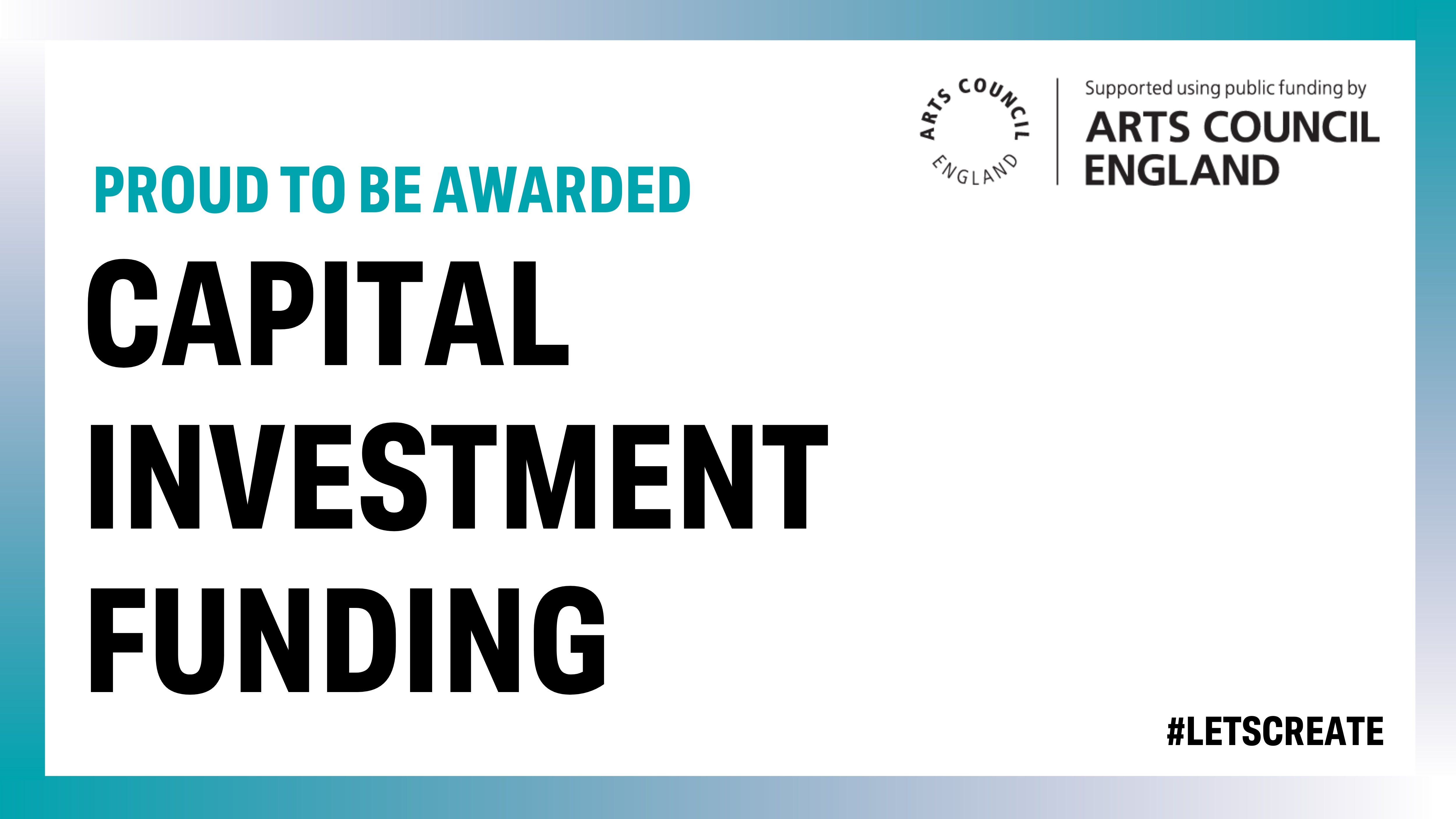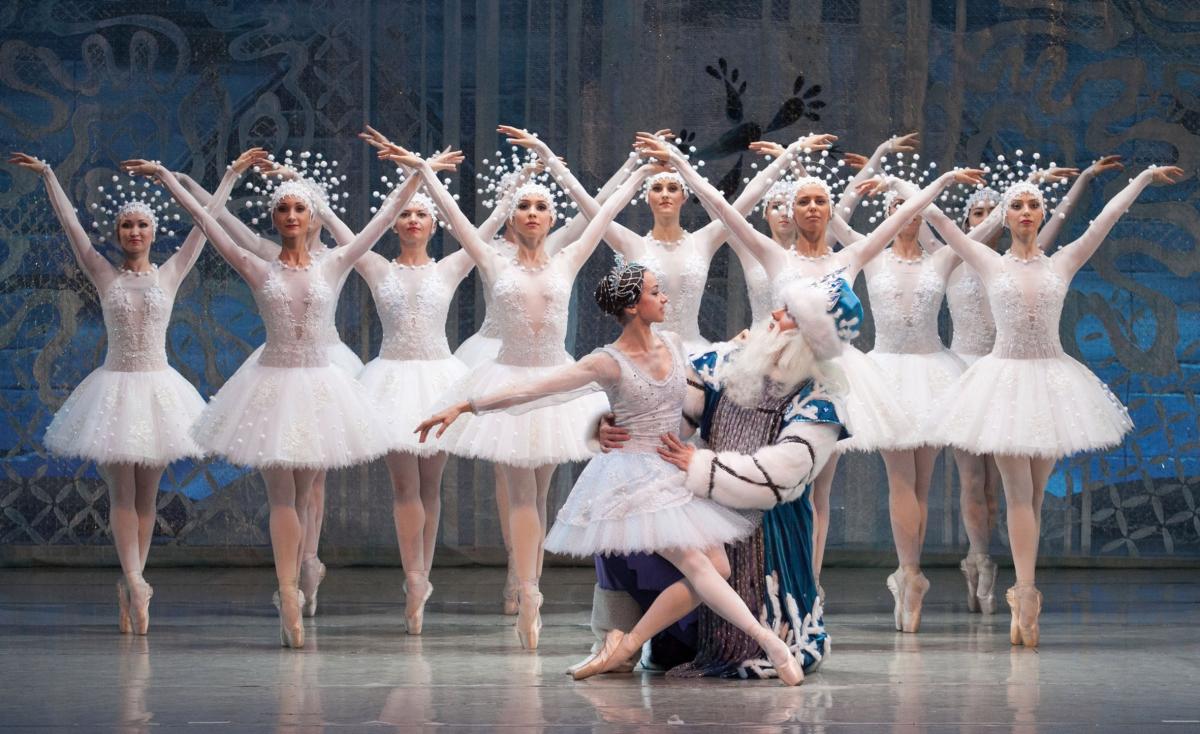
A Brief History of Ballet
7 min read
Share
A Brief History of Ballet – Many of us are familiar with ballet as an art form and professional dance style, with renowned ballets still performed today that were written and curated many years ago. This guide looks at the origins of ballet to provide a concise account of the history of ballet and how it grew into the elite, established and prestigious movement so many of us know, love and enjoy today.
Where did Ballet Originate?
Ballet originated in Italy, as far back as the 1500s. It was also practiced in Renaissance France.
At this point, as an art form enjoyed in the high courts, with elaborate festivals encouraged, there was a focus on dance and décor and lavish costumes. Ballet, originating from the Italian word ‘ballare’ – to dance – involved intricate dancing and elaborate movements, performed by influential people in the courts of royal palaces. They often brought about an air for the theatrical, with mysterious masks and costumes. Court dances expanded in size, opulence and grandeur as time went on, with gentle turns, hops and slides forming the earliest movement of ballet dancing.
Enjoyed by noblemen and women in particular, it was King Henry II of France, with his wife, an Italian noblewoman, Catherine de Medici who funded ballet in the French Court. This saw ballet rise in popularity, growing in prestige and prowess.
History of Ballet
King Louis XIV further helped to popularise and standardise ballet as an art form. A dancer himself, he loved ballet, and this transformed the ballet movement to more than just an art form but an esteemed skill to pursue, requiring personal training, discipline and focus.
By 1681, ballet had moved from the esteemed courts to stage, with a strong following and spectators who would watch in wonder and awe. Opera ballet was a popular ballet style, and by the mid 1700s, ballet had in fact become its own art from, separating itself from Opera completely. Ballet with a narrative of its own, became popular and ballet d’action as a movement led to popular narrative ballets of the 19th Century.
Although the French Revolution of 1789 brought ballet to a halt, as the monarchy was overthrown along with the Royal Academy of Dance. It was later reformed after years underground in 1929, as the Paris Opera Ballet.
Romantic Period
Art, music and ballet was widely influenced by Giselle and La Sylphide, which are seen as notable ballets in forming the romantic ballet period.
Romantic ballet can be categorised by female dancers performing on their toes, or pointe, with an instantly recognisable style of calf length tutus, full skirts made of tulle, and graceful ethereal performances.
Meanwhile, ballet in Russia was growing in popularity at this point. In the later part of the 1800s, Russian choreographers and composers were beginning to build a presence in the ballet world with some landmark classical ballets that would elevate Russia’s presence on the World Stage.
This includes the work of the renowned Marisa Petipa, whom we can thank for The Nutcracker, Sleeping Beauty, and Swan Lake. These ballets are universally acknowledged as classic ballet in its grandest form, and marked Russia as a prominent figure in the popularity of this opulent art form. Displaying classical technique with pointe work, high extension, and precision to its fullest, these ballets are still known and loved today, performed all over the world.
Growth of ballet as an art form
Russian ballet composers at this stage began to experiment with the movement of costume and exploration of this genre as opposed to the confines of classical ballet form and story. Unfamiliar movements and exploration of expression saw ballet grow as an art form, with performances showcasing a story of sacrifice and the unfamiliar, which were welcomed by audiences.
Ballet would further change thanks to the founder of NYC ballet, George Balanchine. Of Russian origin, Balanchine emigrated to America and introduced neoclassical as a genre, an expansion on the now familiar classical form.
This style, involving lack of plot but more of a focus on movement to express the music and delve into human emotions, grew in popularity, again demonstrating the diversity of ballet as an art form to be enjoyed.
What are the main types of ballet?
We have more information about the different styles in our article on types of ballet.
Generally, ballet forms fall under the following categories:
- Classical
- Neoclassical
- Contemporary
- Romantic
The technical methods of ballet can be categorised into the following:
- Bournonville Method (Danish)
- Modern Codified Technique (French)
- Ceciti Method (Italian)
- Vaganova Method (Russia)
- Balanchine Method (American)
- Royal Academy of Dance Method (English)
Ballet in the 20th Century
The 1900s saw prestigious ballet companies formed, including:
- The Royal Ballet, 1926
- American Ballet Theatre, 1937
- Paris Opera Ballet, 1929
The invention of spandex in 1959 saw a particular shift in ballet style and movement, as this new material gave dancers much more scope and freedom of movement. The leotard enabled more flexibility and in 2020, ballet is held in great prestige with performances and performers held in high regard.
Ballet Today
Bringing together music, dance, visuals, story and emotion, ballet is still supported in popular culture. The prestigious ballet companies are seen as platforms for the best dancers around the world, and theatres around the world still sell out today as people seek a few hours of pure escapism. With modern ballet choreography at times bringing a refreshing perspective on such a traditional style of dance, the classical ballets are still held in high regard. It may not be the heyday of ballet, but it has withstood the centuries purely for its ability to provide escapism and experience, with no international barriers.
Ballet at Blackpool Grand Theatre
Blackpool Grand Theatre and ballet have a longstanding history, and we welcomed The Russian State Ballet and Orchestra in January 2020 and will again in 2021. We look forward to offering further fantastic ballet and dance opportunities in the future.
If you want to find out more about ballet and get a sneak peek into the life of a dancer, check out our interview with the English National Ballet here.
Blackpool Grand set out a COVID-Community Communication Programme (CCCP) during the Coronavirus pandemic. Our aims were simple, to CONNECT, COMFORT and UPLIFT. We would Connect people by offering tutorials on communication tools like Zoom and conduct community face-to-face meetings (book readings, youth groups and more). Comfort through stories of heritage, memories and storytelling, and to Uplift visitors’ spirits through laughter and exercise. Please do enjoy and if you can afford to donate please do.
The information in this story is accurate as of the publication date. While we are attempting to keep our content as up-to-date as possible, the situation surrounding the coronavirus pandemic continues to develop rapidly, so it’s possible that some information and recommendations may have changed since publishing.
For any concerns and latest advice around COVID-19, visit the World Health Organisation. If you’re in the UK, the National Health Service can also provide useful information and support, while US users can contact the Center for Disease Control and Prevention.


